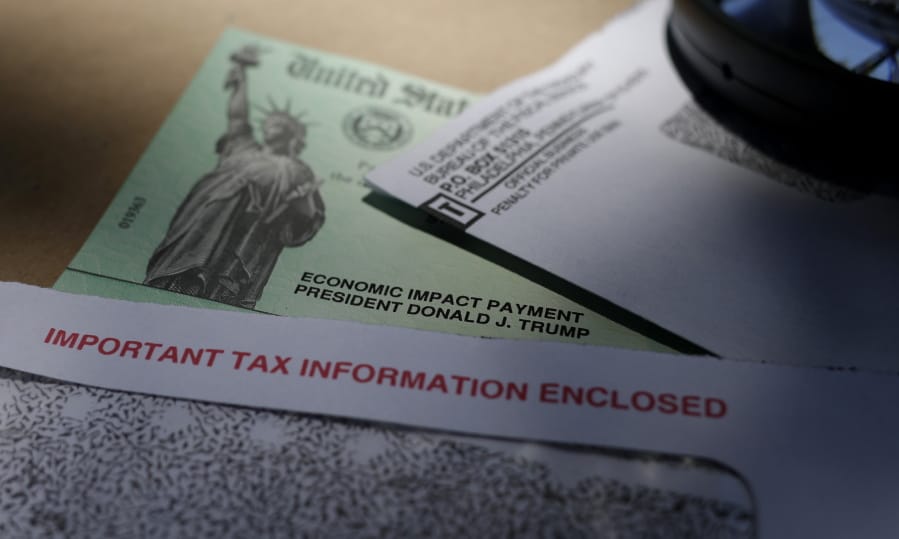WASHINGTON — With winter looming and confirmed viral cases rising, Bob Szuter’s craft brewery and restaurant in Columbus, Ohio, could use another government lifeline to help survive until spring.
So could many restaurants and bars that buy his beer. Szuter knows of nearly 20 in the region that have folded, with many others “limping along.”
As a small businessman, Szuter benefited from the multi-trillion-dollar stimulus aid that Congress passed in March after the pandemic recession flattened the economy. Countless other business people did, too, along with millions of laid-off workers, struggling states and localities and individual Americans.
All that aid is gone. Yet prospects for more federal stimulus this year appear all but dead, clouding the future for the unemployed, for small businesses like Szuter’s and for the economy as a whole.
Now, with confirmed COVID cases surging across the United States, so is the risk that the economy could weaken again as more people choose to hunker down at home — and that even more stimulus might be needed next year than negotiators in Washington are contemplating. Johns Hopkins University data shows that more than 83,000 infections were reported both Friday and Saturday — well above the previous record high. The University of Washington’s Institute for Health Metrics and Evaluation forecasts that the U.S. death toll, now roughly 225,000, could top 318,000 by Jan. 1.
Since early September, Szuter’s restaurant has enjoyed a modest revival with outdoor dining on a street converted to a patio. Szuter, the co-owner with his father of Wolf’s Ridge Brewing, is investing in tents and heaters. But he worries that cold weather and the resurgence of the virus will depress business again as more people stay away.
“It’s been a struggle,” said Szuter, 35. “Any sort of additional support would be extremely helpful at this point, especially going into the cooler months.”
It’s possible, if unlikely, that a small economic-relief package will be approved in a post-election “lame duck” session of Congress. More likely, a broad rescue measure could be enacted early next year, particularly if Joe Biden wins the presidency and his fellow Democrats capture the Senate. Even if President Donald Trump were to win re-election, most analysts foresee at least a modest stimulus next year.
Until then, economists worry that the United States risks repeating a mistake made after the 2008-2009 Great Recession, when limits on federal spending and layoffs by states and localities hindered a recovery. More aid to states and cities could forestall further layoffs. States, which are generally required to balance their budgets, must now do so with less revenue.
With no stimulus likely the rest of this year, economists at Goldman Sachs have slashed their growth forecast for the October-December quarter to a 3 percent annual rate from 6 percent.



